8 Amazing Benefits Of Feverfew | How To Use It & Side Effects
Bid your pain a fond farewell as this home remedy is here to save you in a pinch.

Image: Shutterstock
The many benefits of feverfew make this natural remedy a must-have ingredient. This plant is known for treating chronic headaches and migraine, but it has many other health benefits too. European and Greek herbalists have used feverfew for centuries and to treat fever from insect bites. It can help relieve pain, cramps and alleviate anxiety. This article discusses the benefits of feverfew, how to use them for maximum benefits, and any potential side effects. Keep reading.
 Know Your Ingredient: Feverfew
Know Your Ingredient: FeverfewWhat Is It?
A flowering plant that belongs to the daisy family Asteraceae.
What Are Its Benefits?
Helps relieve migraines, menstrual cramps, arthritis pain, and helps treat dermatitis, fever, depression, and anxiety.
Who Can Use It?
Suitable for all except those who are allergic to it.
How Often?
Daily or as recommended by a healthcare professional.
Caution
Avoid using it if you are allergic to it, pregnant, breastfeeding or have bleeding disorders.
In This Article
What Is Feverfew? How Does It Work?
The scientific name of feverfew is Tanacetum parthenium. It is also known as bachelor’s buttons, Chrysanthemum parthenium, and featherfew.
One important compound in feverfew is parthenolide. It can ease muscle spasms and treat inflammation (1). Other active constituents of the plant include flavonoid glycosides and pinenes.
The composition of the plant is as follows (1):
- sesquiterpene lactones (mainly parthenolide)
- volatile oils, like camphor, which have antibacterial properties
- flavonoids, which possess antioxidant, antibacterial, and anti-inflammatory properties
 Trivia
TriviaThese compounds make feverfew what it is – a potent plant with great benefits.
How Does Feverfew Benefit You?
Feverfew’s most important use is in treating migraines. Its antispasmodici A drug or substance that stops involuntary, unpleasant muscle spasms by slowing their natural movement. and anti-inflammatory properties may also help treat menstrual pain and inflammation.
1. Feverfew Relieves Migraines

In a study, patients who took feverfew for about six months had reported fewer incidences of migraine (1). In other studies, feverfew was found to be superior to placebo in controlling the severity and frequency of migraine headaches.
Migraines might be caused by prostaglandin, a natural substance that can dilute the blood vessels and cause symptoms. The parthenolide in the plant might inhibit prostaglandin (1). This may help treat migraines and offer pain relief.
Shelby, a blogger, shared her experience of using feverfew for her migraine. She wrote, “Since starting Feverfew several months ago, I have noticed a serious decrease in migraines. One migraine per month, versus two migraines per week, is an amazing result for me (i).”
 Fun Fact
Fun Fact2. May Help Treat Depression And Anxiety

There is more research required here. But mice studies show that feverfew may reduce symptoms of depression and anxiety (2).
3. Might Relieve Menstrual Cramps
Feverfew works as an antispasmodic and helps regulate menstrual periods (1). This can also have an effect on cramps associated with irregular periods. It can also help in treating premenstrual and menstrual headaches.
4. May Ease Arthritis Pain

Feverfew inhibits the effects of polymorphonuclear leukocyte granules that may lead to arthritis pain (1). Polymorphonuclear leukocyte granules are a type of immune cells that release enzymes during infections and allergic reactions.
Feverfew has been traditionally used to relieve arthritis. But in terms of its direct effects on humans with arthritis, we need more research.
5. Can Aid Cancer Treatment
Research suggests a possible treatment for leukemia derived from parthenolide, one of the potent constituents of feverfew
. This compound was found to act on leukemia at the stem cell level. This is an important finding as current cancer treatments don’t strike deep enough to kill the cancer cells (3).
The parthenolide in feverfew also showed other inhibitory effects against three human cancer cell lines (4).
As per reports by the National Cancer Institute, feverfew can also inhibit or even eliminate prostate cancer stem cells (5).
6. Fights Inflammation

Traditionally, the plant has been used to treat inflammation. In a study on mice with hepatitisi Inflammation of the liver that occurs when its cells are injured or infected and may affect overall liver function. , parthenolide in feverfew had decreased the inflammatory cytokinesi Microscopic proteins secreted by cells that impact how they communicate and interact with one another. (6).
The anti-inflammatory properties of parthenolide might also be useful in the development of anti-inflammatory agents (7).
In another study, parthenolide was found to protect the skin from inflammation. It might potentially be used for treating inflammatory skin conditions and skin irritation (8).
7. Can Prevent Blood Clots
Feverfew can inhibit platelet activity and prevent blood from clotting (1). Blood usually flows through our arteries and veins smoothly. But when a clot is formed, it blocks this smooth flow and, if ignored, can even cause death. This condition is called thrombosis. Studies have shed light on the anti-thrombotic potential of feverfew (9).
8. Helps Treat Dermatitis
Dermatitis is inflammation of the skin. Feverfew can reduce damaged skin cells and inflammation – and may also improve the appearance of the skin.
In one study, feverfew extracts (with parthenolide removed) showed potent anti-inflammatory activity on human skin equivalents (10).
Those are the benefits of feverfew. But, how do you reap those benefits? How can you incorporate feverfew in your routine? Find out in the next section.
How Do You Use Feverfew?
Feverfew is available in the form of capsules, tablets, tincture, or even liquid extracts. You can also make feverfew tea. Here’s how.
Pour a cup of boiling water over a tablespoon of dried or fresh feverfew leaves. Steep for 30 minutes to an hour. The longer you steep, the stronger the tea. You can then drain the leaves and serve.
There is not enough evidence to determine the right dosage. It depends on the gender, age, and medical history of the individual. Anecdotal evidence suggests that feverfew can cause problems with digestion and disrupt sleep cycles in some individuals. Hence, you may consult with your doctor/health care provider to know the right dosage for you.
Just like feverfew, butterbur is another popular remedy for migraines. They have captivated the attention of many seeking alternatives to conventional medicine. Learn which one would be best for you below.
Feverfew Vs. Butterbur
Feverfew has been used for its anti-inflammatory properties and potential to reduce the frequency and severity of migraines (1). On the other hand, butterbur has also shown promise in migraine management due to its ability to relax blood vessels and reduce inflammation (11).
However, it is important to note that not all butterbur preparations are safe, as some contain toxic compounds that should be removed during the extraction process (11).
Both feverfew and butterbur can have side effects, so consult with a healthcare professional before using either of them. This is prudent especially if you are pregnant, nursing, or taking medications. The choice between these herbal remedies should be based on individual needs and medical guidance to ensure their safe and effective use.
Also, exercise caution before you consume it as the feverfew plant can have undesirable side effects.
What Are The Side Effects Of Feverfew?

- Possible Issues During Pregnancy And Breastfeeding
Feverfew may cause early contractions and miscarriage if taken by mouth (12). Hence, pregnant women must avoid intake. There is not enough information available on the safety of feverfew for breastfeeding women. Hence, stay safe and avoid use.
- May Cause Bleeding Disorders (And Issues During Surgery)
Feverfew can slow down blood clotting, and this can increase the risk of bleeding in some people. If you have a bleeding disorder and high blood pressure, use feverfew with caution.
The same properties of feverfew can also cause excessive bleeding during or after surgery. Avoid taking the plant at least two weeks before a scheduled surgery.
- Possible Allergies
People allergic to ragweed, marigolds, daisies, and chrysanthemums may be allergic to feverfew too (13). Hence, such people should avoid feverfew.
Infographic: 5 Ways Feverfew Improves Your Health
Feverfew has been a part of traditional medicine for centuries to treat fever caused by insect bites. This potent herb contains active ingredients that can inhibit inflammation-causing agents in the body, which helps manage multiple inflammatory health conditions. The infographic below highlights the most important therapeutic benefits of feverfew. Check it out to learn more.

Illustration: StyleCraze Design Team
Feverfew is a flowering plant commonly used to treat migraines. The flavonoids and antibacterial, antioxidant, and anti-inflammatory properties are responsible for the many benefits of feverfew. The consumption of this herbal remedy may help treat anxiety and depression, reduce symptoms of nausea, vomiting and dizziness, relieve menstrual cramps, ease arthritis pain, treat asthma, aid in cancer treatment, improve the immune system, and fight inflammation. However, it also may increase the risk of bleeding and allergic reactions in some people. Hence, consume it in the recommended dosages to avoid adverse reactions.
Frequently Asked Questions
Can you take feverfew every day?
Yes. Taking 100–300 mg of feverfew supplements up to 4 times daily (that contain 0.2–0.4% parthenolides) may help reduce migraine headaches (1).
Does feverfew cause weight gain?
Maybe. While anecdotal evidence suggests that feverfew may lead to weight gain as an unintended side effect, scientific evidence supporting this claim is lacking.
Can I take feverfew with magnesium?
Yes. Studies have shown that the combination of feverfew and magnesium may help safely prevent migraine in adult patients (14).
Key Takeaways
- Feverfew is helpful for reducing redness and swelling on the skin because it stops inflammation.
- It can also help with headaches, joint pain, and monthly pain.
- It can also stop hair loss and dandruff.
- Feverfew might even be good for your heart health. It can prevent thrombosis and keep some heart diseases away.
Illustration: Amazing Benefits Of Feverfew | How To Use It & Side Effects

Image: Stable Diffusion/StyleCraze Design Team
Learn how to identify Feverfew and discover its amazing benefits! Get the facts on this medicinal herb and how it can help improve your health. Check out the video below.
Personal Experience: Source
StyleCraze's articles are interwoven with authentic personal narratives that provide depth and resonance to our content. Below are the sources of the personal accounts referenced in this article.
(i) Feverfew…a migraine miracle?https://shelbyslifewithlyme.wordpress.com/2017/01/09/feverfew-a-migraine-miracle/
References
Articles on StyleCraze are backed by verified information from peer-reviewed and academic research papers, reputed organizations, research institutions, and medical associations to ensure accuracy and relevance. Read our editorial policy to learn more.
- “Feverfew: a systematic review” Pharmacognosy Review, US National Library of Medicine.
- “Anxiolytic- and antidepressant-like effects of…” Journal of Ethnopharmacology, US National Library of Medicine.
- “Plant derivative attacks the roots of leukemia” University of Rochester Medical Center.
- “Antiproliferative activities of…” Journal of Medicinal Food, US National Library of Medicine.
- “Plant compounds show effects against…” National Cancer Institute.
- “Parthenolide ameliorates…” International Immunopharmacology, US National Library of Medicine.
- “The anti-inflammatory natural product…” Chemistry & Biology, US National Library of Medicine.
- “Sesquiterpene lactone parthenolide…” Naunyn-Schmiedeberg’s Archives of Pharmacology, US National Library of Medicine.
- “Feverfew—an antithrombotic drug” Folia haematologica, US National Library of Medicine.
- “Anti-inflammatory activity of parthenolide-depleted…” Inflammopharmacology, US National Library of Medicine.
- “Butterbur” US National Library of Medicine.
- “Harmful supplements” Alaska Department of Health and Social Services.
- “Complaint Counsel’s motion and…”. United States of America Federal Trade Commission.
- A combination of coenzyme Q10, feverfew and magnesium for migraine prophylaxis: a prospective observational study
https://www.ncbi.nlm.nih.gov/pmc/articles/PMC5577764/
Read full bio of Dr. Zeel Gandhi
Read full bio of Arshiya Syeda
Read full bio of Aparna Mallampalli





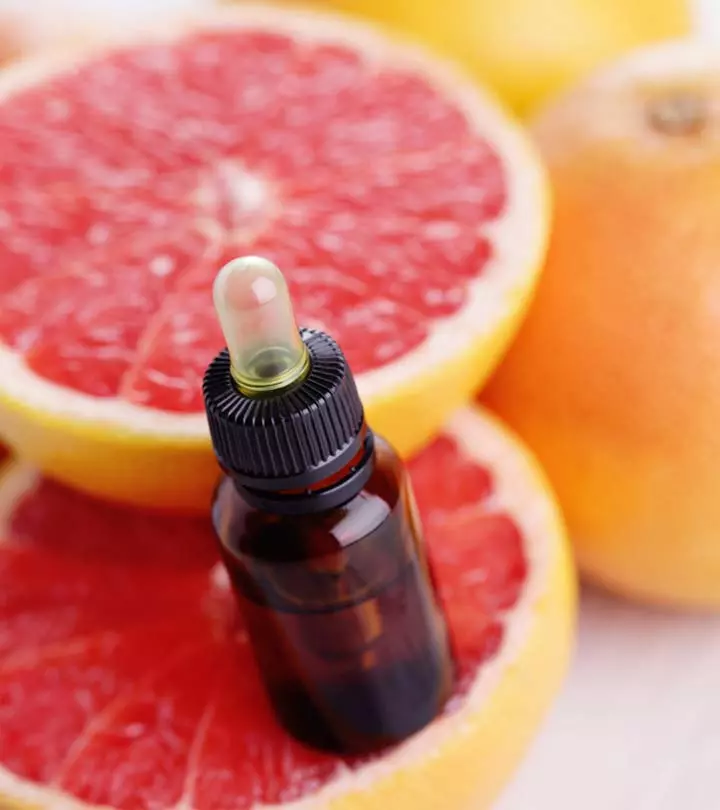
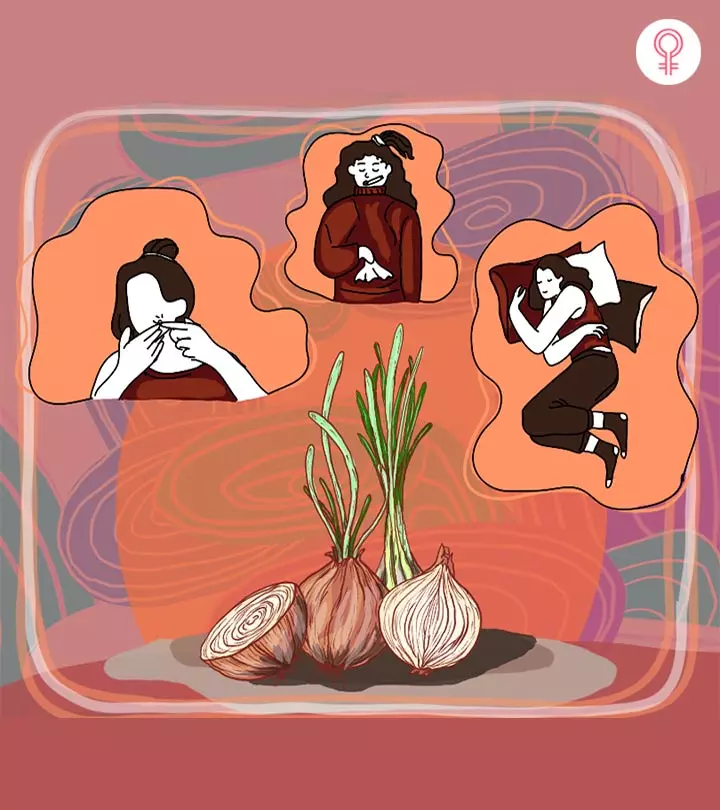







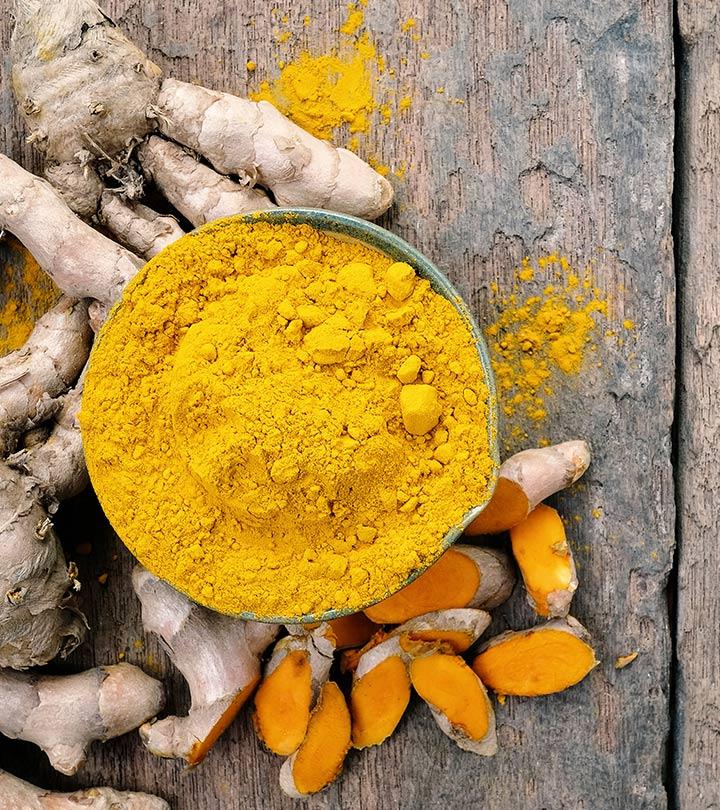





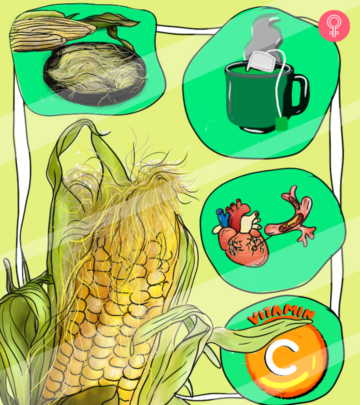


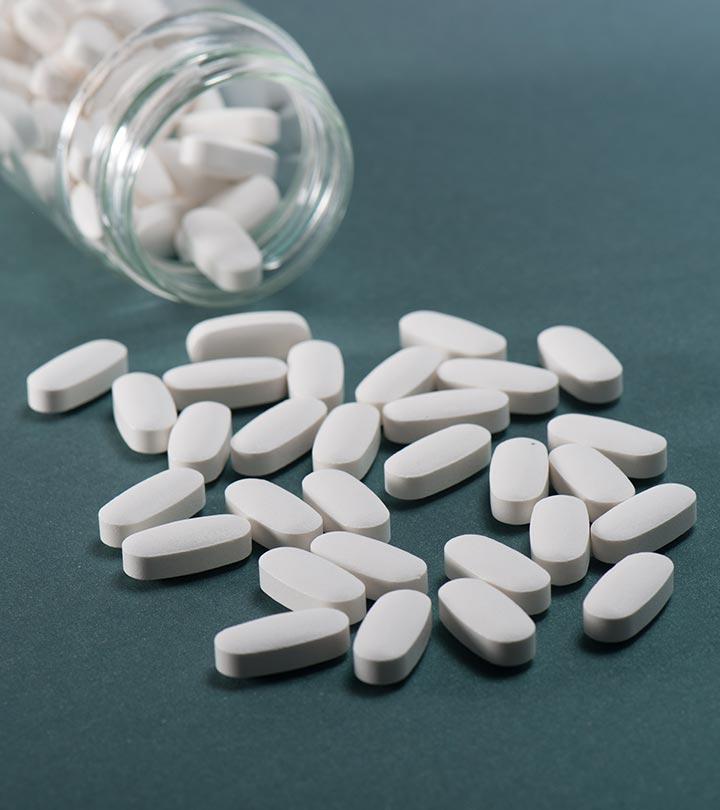
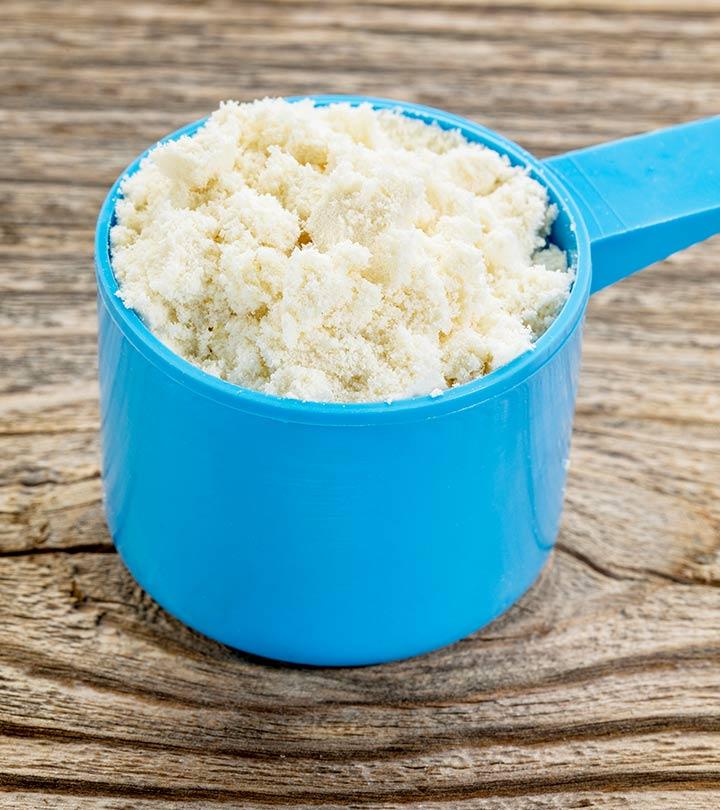

Community Experiences
Join the conversation and become a part of our empowering community! Share your stories, experiences, and insights to connect with other beauty, lifestyle, and health enthusiasts.